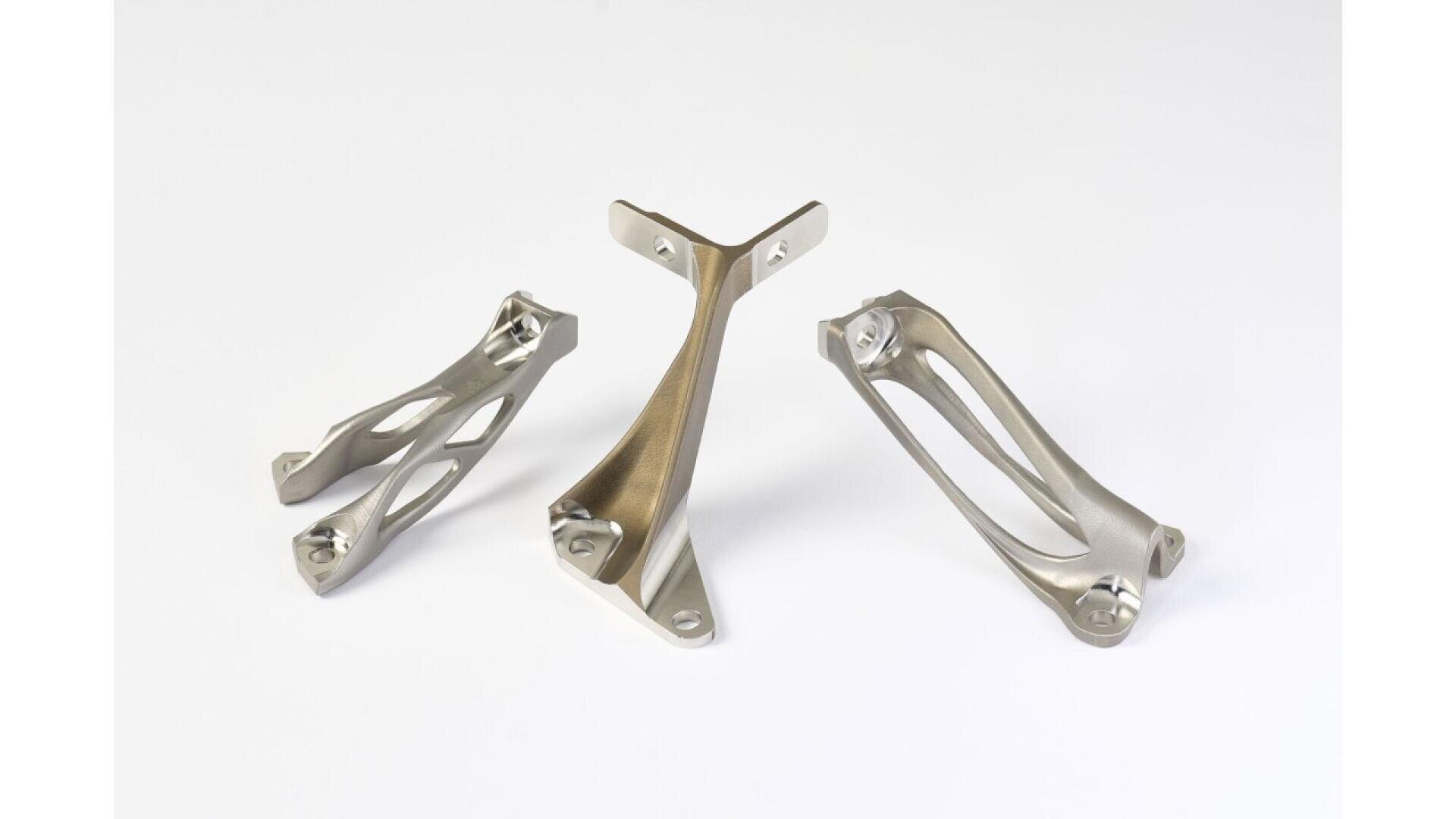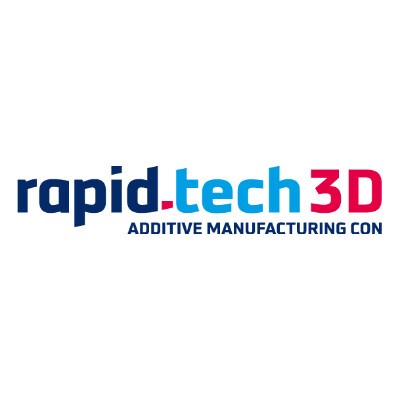How Additive Manufacturing Can Push Future Aerospace Applications
The growing mobility demands of billions of people, limited raw mate-rials and the worsening environmental and, in particular, climate problems call for innovative solutions for the propulsion concepts of to-morrow.
The growing mobility demands of billions of people, limited raw mate-rials and the worsening environmental and, in particular, climate prob-lems call for innovative solutions for the propulsion concepts of to-morrow. The growth of commercial air traffic is in full swing following the recovery from the Covid-19 crisis. In order to reduce the resulting environmental impact and achieve the goals of the Paris Climate Agreement and the EU Green Deal, future aircrafts and engines must become even more economical, cleaner and more quiet.
In addition to the evolutionary further development of existing gas tur-bines, new engine and propulsion concepts are also necessary on the way to emission-free flight. Some of these place completely new de-mands on component designs.
The design possibilities offered by additive manufacturing processes should make a significant contribution here. Although additive manu-facturing has been used in aviation for many years, it is still used on a comparatively small scale. In addition to the long development and strict approval cycles, this is mainly due to the fact that the costs of printed components are still generally too high. The key to success and widespread use in the aviation industry lies in a significant reduc-tion of component costs, for which there are numerous possibilities.
Presentation language: ENG
Speakers (1)




